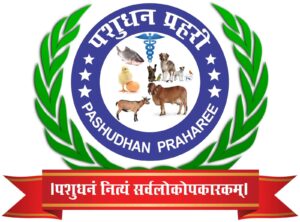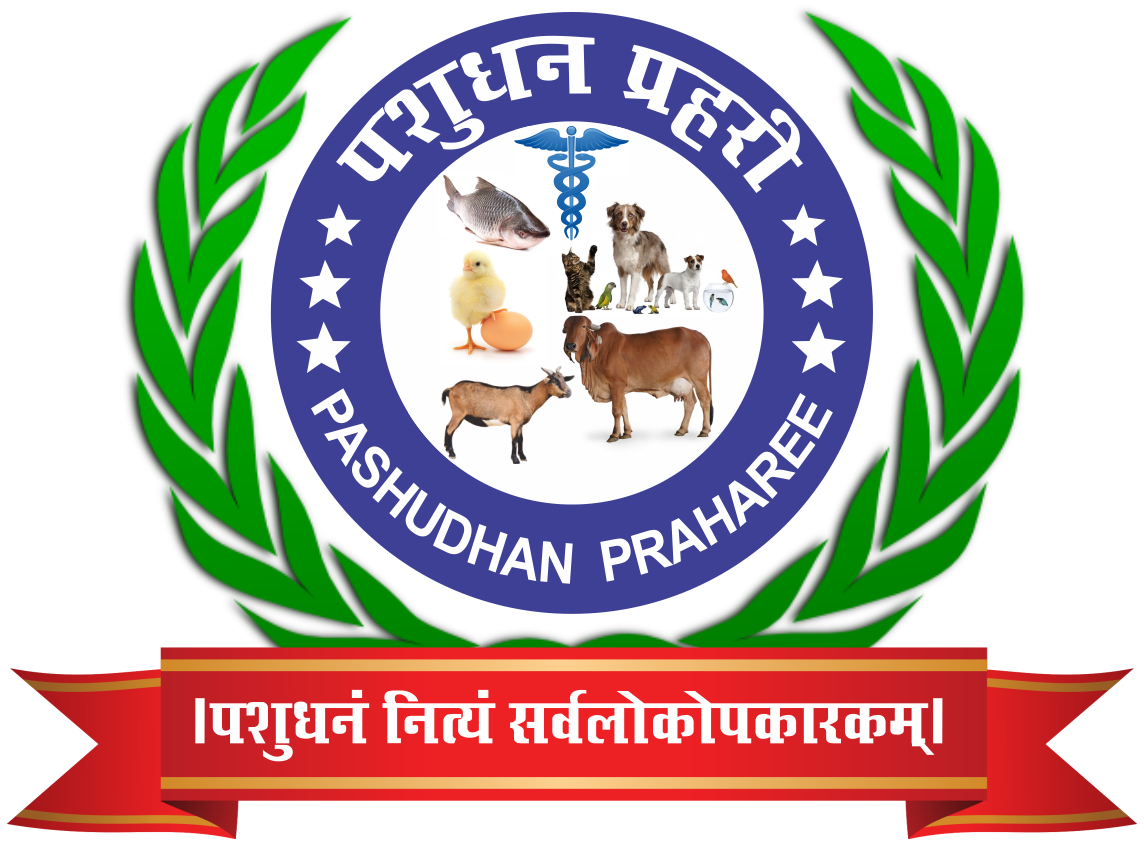Bovine Tuberculosis in India: Zoonotic Threats, Diagnosis, and Control Strategies
Bovine tuberculosis (bTB), caused by Mycobacterium bovis, is a significant zoonotic disease affecting cattle and, occasionally, humans. In India, where livestock plays a crucial role in the agrarian economy, effective diagnosis and management of bTB are essential to safeguard animal health and public safety. Bovine tuberculosis (bTB), caused by Mycobacterium bovis, is a significant zoonotic disease that poses a serious public health threat in India. The disease affects cattle and can be transmitted to humans, primarily through direct contact with infected animals or the consumption of contaminated animal products. In India, where livestock farming is closely intertwined with rural livelihoods, the zoonotic impact of bTB has critical implications for both human and animal health.
Public Health Implications in India
- Human Health Burden
- India has one of the highest global burdens of human tuberculosis, and zoonotic TB caused by M. bovis contributes to this challenge.
- Zoonotic TB is often underdiagnosed due to the clinical similarity with human TB caused by Mycobacterium tuberculosis.
- Economic Impact
- Losses arise from decreased productivity of infected cattle, lower milk yields, premature culling, and reduced market value of livestock.
- The cost of treatment for zoonotic TB in humans adds to the economic burden, especially for rural communities.
- Antimicrobial Resistance (AMR)
- Inappropriate treatment of infected animals can lead to drug resistance, complicating both animal and human TB management.
Preventive Strategies for Zoonotic Transmission
- Pasteurization of Milk
- Promoting the consumption of pasteurized milk is critical in breaking the transmission cycle from cattle to humans.
- Regular Testing and Surveillance
- Routine screening of cattle using tests like the Comparative Intradermal Tuberculin Test (CITT) and Interferon-Gamma (IFN-γ) assay can help detect and isolate infected animals early.
- Personal Protective Equipment (PPE)
- Farmers and workers in contact with livestock should use gloves, masks, and other PPE to minimize exposure risks.
- Public Awareness Campaigns
- Educating farmers and livestock handlers about the risks of zoonotic TB, its transmission, and prevention measures can reduce human infections.
- Strengthening Veterinary Services
- Expanding veterinary infrastructure and improving access to diagnostic tools in rural areas will help in early detection and control.
Modes of Transmission to Humans
- Consumption of Contaminated Dairy Products
- Unpasteurized milk from infected cattle remains the most common route of transmission to humans in India.
- Consuming raw milk, cheese, or other dairy products can lead to gastrointestinal tuberculosis.
- Aerosol Transmission
- People working in close proximity to infected cattle (farmers, veterinarians, and slaughterhouse workers) are at risk of inhaling infectious droplets.
- Aerosol transmission can cause pulmonary tuberculosis in humans.
3 .Direct Contact
- Handling infected animals, their secretions, or contaminated farm equipment without proper protective measures can lead to skin infections or other forms of extra-pulmonary tuberculosis.
4.Occupational Hazards
- Individuals working in dairy farms, abattoirs, and veterinary services are particularly susceptible to occupational exposure.
Diagnosis of Bovine Tuberculosis in India
Accurate and early diagnosis of bTB is vital for controlling its spread. In India, several diagnostic methods are employed:
- Comparative Intradermal Tuberculin Test (CITT): This traditional method involves injecting purified protein derivatives (PPDs) of M. bovis and M. avium into the skin and measuring the animal’s immune response. A larger reaction to M. bovis PPD indicates a positive result.
- Interferon-Gamma (IFN-γ) Assay: This blood-based test measures the release of interferon-gamma in response to M. bovis antigens. It offers higher sensitivity and can detect early infections.
- Polymerase Chain Reaction (PCR): Molecular techniques like PCR target specific genes, such as esxB (CFP-10), to identify M. bovis DNA in clinical samples, providing rapid and specific diagnosis.
- Defined Antigen Skin Test (DST): A newer approach using overlapping peptides from antigens ESAT-6, CFP-10, and Rv3615c, absent in BCG strains, to improve specificity in detecting bTB.
Treatment Regimen for Bovine Tuberculosis in India
Treating bTB in cattle is challenging due to factors like prolonged therapy, high costs, and potential for drug resistance. Consequently, treatment is not commonly practiced; instead, control measures focus on testing and culling infected animals. However, in cases where treatment is considered, protocols may include:
- Antitubercular Drugs: A combination of isoniazid, rifampicin, pyrazinamide, and ethambutol administered over an extended period, similar to human TB treatment.
- Monitoring and Supportive Care: Regular monitoring for drug efficacy and side effects, along with supportive care to maintain the animal’s health during treatment.
It’s important to note that the use of these drugs in animals must be carefully managed to prevent the development of drug-resistant strains and ensure food safety.
Control Measures
Given the complexities of treatment, India emphasizes control strategies to manage bTB:
- Surveillance and Testing: Regular screening of cattle populations using CITT and IFN-γ assays to identify and isolate infected animals.
- Culling: Removing animals that test positive to prevent the spread of the disease within herds.
- Biosecurity Measures: Implementing farm management practices that reduce the risk of transmission, such as controlling animal movement and maintaining hygiene.
- Public Awareness: Educating farmers and stakeholders about bTB, its risks, and prevention strategies to encourage proactive participation in control programs.
In conclusion, combating bovine tuberculosis in India requires a multifaceted approach that combines accurate diagnosis, strategic control measures, and continuous education to protect both animal and public health.
Bovine tuberculosis presents a significant zoonotic risk in India, particularly in rural areas where human-animal interactions are frequent. Efforts to control bTB in cattle through regular testing, improved farm biosecurity, and public health interventions are essential to minimize its zoonotic transmission. A One Health approach—integrating veterinary, medical, and environmental disciplines—is critical for addressing the public health challenges posed by bTB in India.



